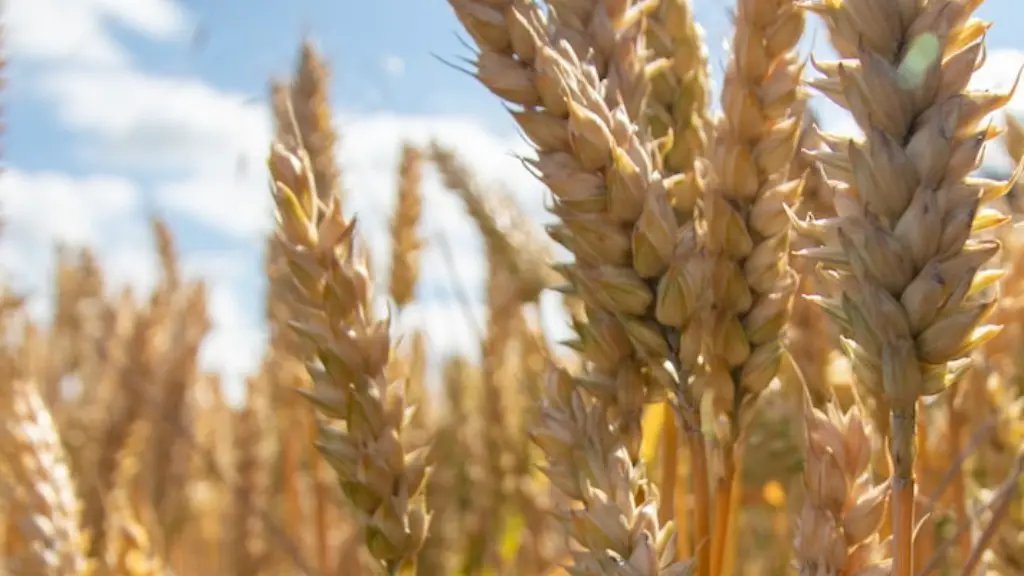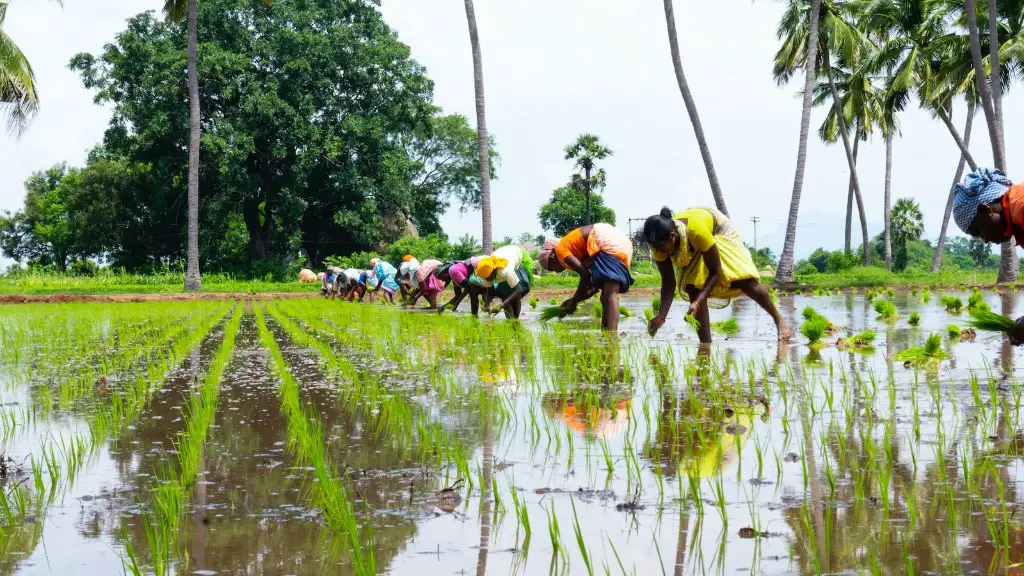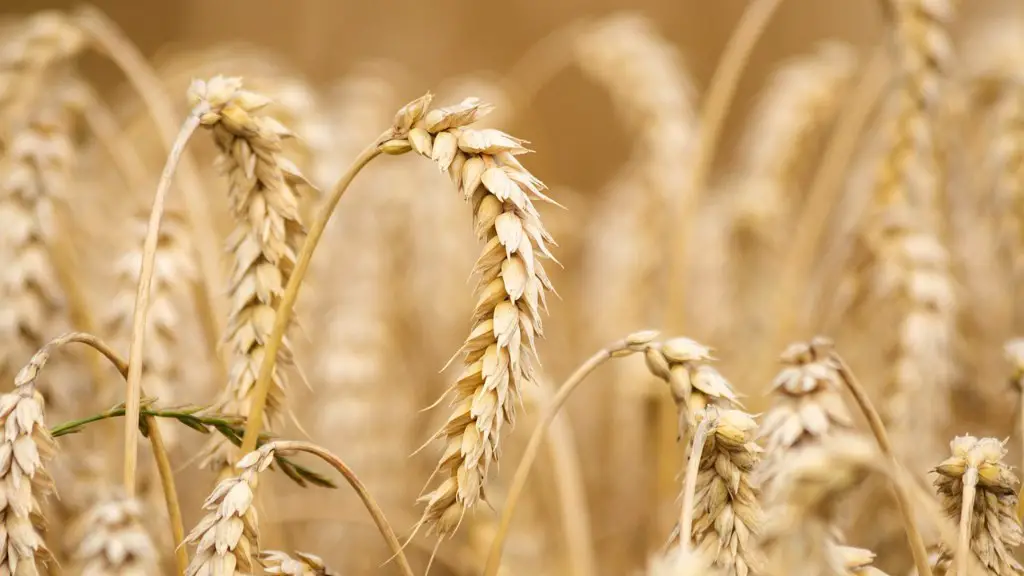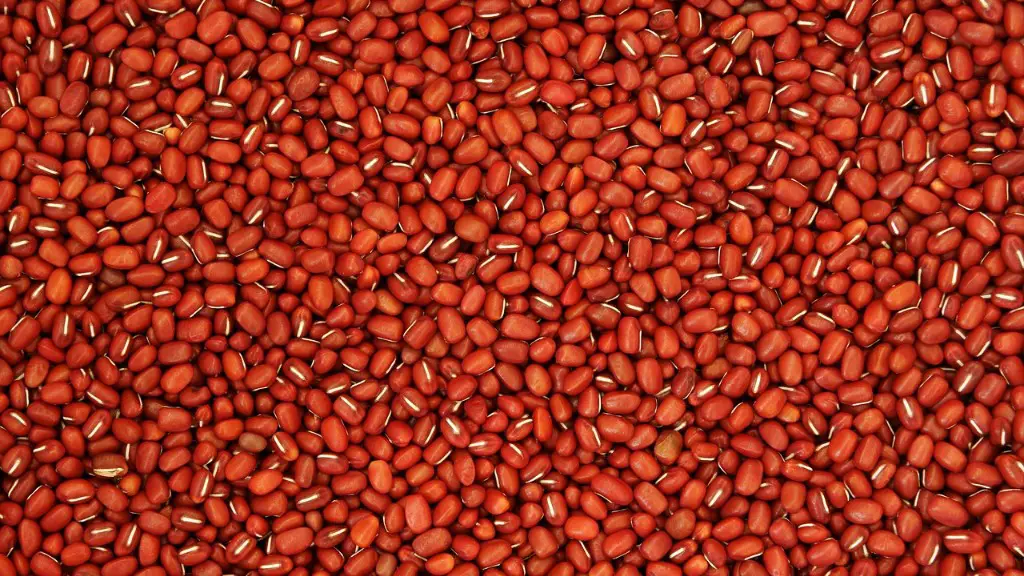The use of robots in agriculture is becoming increasingly widespread as the agricultural sector strives to increase efficiency and reduce labor costs. Robotics technologies are being used to perform tasks related to planting, watering, harvesting, packaging, and transportation. By reducing the amount of human labor required, these technologies are enabling farmers to improve their productivity and reduce their costs. In addition, robots can operate in environments that may not be suitable for human workers, such as in extreme climates, making them particularly beneficial for the agricultural sector. This article will explore the various ways in which robots are being used in the agriculture industry.
Robots are being used in agriculture for various tasks such as planting, harvesting, and weed control. For planting, robots can create precision rows to achieve uniformity during the planting process, resulting in an improved yield. Robot arms are also used to harvest fruits and vegetables, as they are able to precisely and efficiently pick fruits, vegetables, and plants. Similarly, various robots are being used in weed control, helping farmers to manage weeds and maximize crop production. Additionally, robots can be used to monitor crop conditions, detect and remove weeds, and apply fertilizer and pest control.
In addition to these tasks, robots are also being used for agricultural transportation. Autonomous vehicles can be used to transport products and materials between farms, while unmanned aerial vehicles, commonly known as drones, can be used to monitor crops and livestock. This allows farmers to monitor their fields remotely, helping to identify potential problems before they become serious. Finally, robots are also being used to process and package food, resulting in higher efficiency, quality, and safety.
The use of robots in agriculture has the potential to significantly improve efficiency, productivity, and safety. By reducing the amount of human labor required, robots can help to reduce labor costs, freeing up funds for other investments. In addition, robots can also help to monitor crops and fields, thereby reducing the risk of crop damage or disease and providing farmers with more accurate data about the condition of their crops. Finally, robots can be used to process and package food, improving the efficiency, quality, and safety of the food.
Robotics technologies are becoming increasingly important in the agricultural sector, as they can help to improve efficiency, reduce costs, and improve the safety and quality of products. In addition, robots can operate in environments that may not be suitable for human workers, making them particularly beneficial for the agricultural sector. As technology advances, robotics technologies are becoming more advanced and versatile, helping to make the agricultural sector more productive and efficient. In the near future, robots may even become an integral part of the agricultural industry.
Robotics in Precision Agriculture
The use of robots in agriculture is not limited to tasks such as planting, harvesting, and weed control. Robotics technologies are also being used in precision agriculture, a field that uses technology and data to optimize production and enhance efficiency. Precision agriculture involves the use of sensors, cameras, drones, and robots to collect data about crops and soil. This information is then used to determine how much fertilizer and water needs to be applied, what kind of pest control is required, and when to harvest the crops.
Robots are playing an increasingly important role in precision agriculture due to their ability to work in tougher conditions and terrain, offering improved accuracy and consistency. For example, autonomous vehicles can be used to collect data about the health of crop fields in areas that may not be suitable for human workers. Similarly, robots are also being used to detect weeds, apply fertilizer and pesticides, and monitor crop conditions, helping farmers to maximize crop yields.
The use of robotics in precision agriculture is making farming more efficient, accurate and sustainable. By using technologies such as sensors, drones, and robots, farmers can collect more accurate data, improving their decision-making and helping them to identify potential problems before they become serious. In addition, robotics technologies can help to reduce labor costs and improve the efficiency of production, resulting in higher yields and improved quality of products.
Robotics and Automation
The use of robotics and automation in agriculture is rapidly increasing as farmers seek to increase their efficiency and reduce labor costs. Robotics technologies are being used to automate various tasks such as planting, harvesting, and weed control. Automated robots can work in all conditions and terrain, enabling farmers to perform these tasks with greater accuracy and consistency than humans. Additionally, robots can operate in harsh environments, providing farmers with access to fields and locations that may not be suitable for human workers.
Robotics and automation are also being used to transport products and materials between farms, helping to minimize the need for manual labor. Similarly, robots can be used to process and package food, reducing the need for human labor and improving the efficiency and safety of the process. Finally, robots are being used to monitor crops and livestock, helping farmers to detect potential problems before they become serious.
The use of robotics and automation in agriculture is transforming the sector, allowing farmers to improve their efficiency, reduce labor costs, and increase their yields. By leveraging robotics technologies, farmers can optimize their production, collect more accurate data, and improve the safety and quality of their products. In addition, robots can help to reduce the amount of human labor required, freeing up funds for other investments.
The Impact of Robotics in Agriculture
Robotics in agriculture is transforming the sector and having a significant impact. The use of robots is helping farmers to increase their efficiency, reduce labor costs, improve the safety and quality of their products, and maximize their yields. Additionally, robotics technologies are enabling farmers to access areas that may not be suitable for human workers, while also providing them with more accurate data about their crops.
The use of robots in agriculture is also helping to reduce the amount of human labor required, freeing up funds for other investments. Furthermore, it is improving the sustainability of the agricultural sector, as robots are helping to reduce the amount of energy and water required for production. Finally, robotics technologies are allowing farmers to monitor their crops and livestock more effectively, helping to detect problems before they become serious.
In conclusion, the use of robotics in agriculture is transforming the sector and having a significant impact. By reducing the amount of labor required and improving the efficiency of production, robots are helping farmers to maximize their yields, reduce labor costs, and improve the safety and quality of their products. In addition, by accessing areas that may not be suitable for human workers, robots are helping to make the sector more sustainable.
Future of Robotics in Agriculture
The future of robotics in agriculture looks very promising, as the technology continues to improve and become more advanced. Robotics technologies are becoming increasingly versatile, helping farmers to solve a wide range of problems. Additionally, robotics technologies are becoming more affordable, making them a more accessible option for the agricultural sector. Finally, robotics technologies are becoming more integrated with other technologies such as artificial intelligence, enabling them to become more automated and efficient.
In the near future, robots may become an integral part of the agricultural sector. By automating tasks such as planting, harvesting, and weed control, robots could significantly improve efficiency and reduce labor costs. Additionally, robots can also help to monitor crops and livestock, helping to detect problems before they become serious. Finally, robots could also be used to process and package food, helping to reduce the need for manual labor and improving the safety and quality of the process.
The use of robotics in agriculture is likely to become increasingly widespread in the near future, as farmers strive to make their operations more efficient and sustainable. By reducing labor costs and improving the efficiency of production, robots could help to transform the agricultural sector and have an even greater impact on the industry. In conclusion, the potential of robotics in agriculture is immense and its development is likely to have a profound impact on the sector in the coming years.
Impact of Robotics on Farming Communities
The use of robotics in agriculture is having a significant impact on farming communities, both positive and negative. On the positive side, robotics technologies can help to reduce labor costs, freeing up funds for other investments and enabling farmers to focus more on research and development. Additionally, robotics technologies can help to improve the safety and quality of products, providing farmers with more accurate data about their crops.
On the negative side, the use of robots in agriculture is displacing human labor, leading to job losses in the industry. Additionally, the use of robotics in precision agriculture is increasing the cost of farming, as farmers need to purchase and maintain the technology. Furthermore, the use of robots in agriculture can also reduce the amount of human interaction and knowledge exchange in farming communities, leading to the displacement of traditional farming practices and knowledge.
In conclusion, the use of robotics in agriculture is having a significant impact on farming communities. While the technology can help to reduce labor costs and improve the safety and quality of products, it is also leading to job losses and increasing costs in the industry. Furthermore, it is also reducing the amount of human interaction and knowledge exchange in farming communities, leading to the displacement of traditional farming practices and knowledge.
Conclusion
The use of robots in agriculture is rapidly increasing as the sector strives to become more efficient, productive, and sustainable. Robotics technologies are being used to automate various tasks such as planting, harvesting, and weed control, helping to reduce labor costs and improve the efficiency of production. In addition, robots can be used to monitor crops and livestock, helping to detect potential problems before they become serious. Finally, robots can also be used to process and package food, resulting in higher efficiency, quality, and safety.
The use of robotics in agriculture is having a significant impact on farming communities, both positively and negatively. On the positive side, robotics technologies can help to reduce labor costs, freeing up funds for other investments and enabling farmers to focus more on research and development. However, they also lead to job losses and increasing costs in the industry. Additionally, robotics technologies can reduce the amount of human interaction and knowledge exchange in farming communities, leading to the displacement of traditional farming practices and knowledge.
In the near future, the use of robotics in agriculture is likely to become increasingly widespread, as the technology becomes more advanced and affordable. By automating tasks and improving efficiency, robots could help to transform the agricultural sector and have an even greater impact on the industry. As technology continues to evolve, it is likely that robotics will become an integral part of the future of agriculture.





